Australian Tropical Rainforest Plants - Online edition
Melia azedarach L.
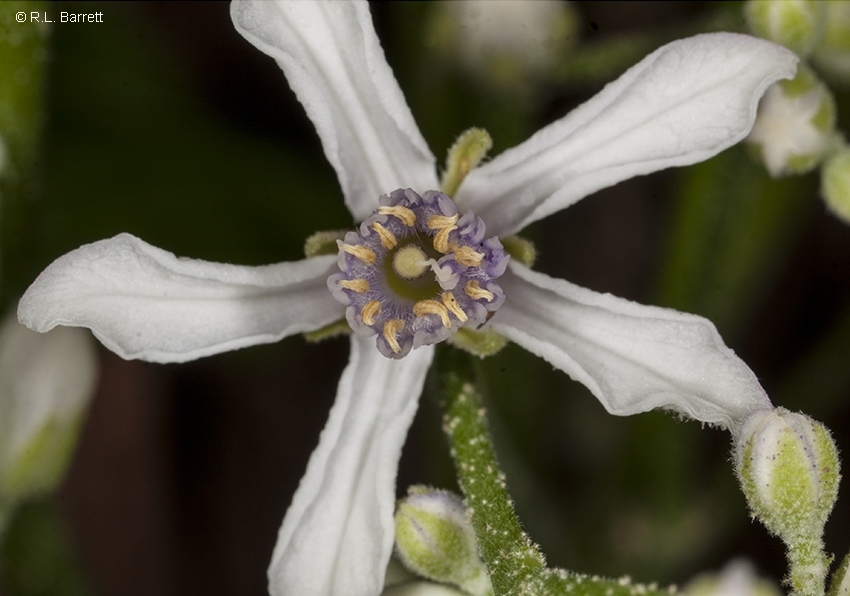
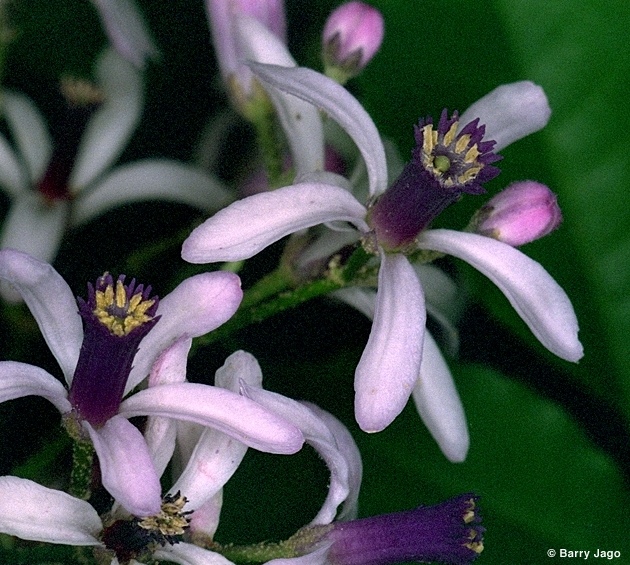
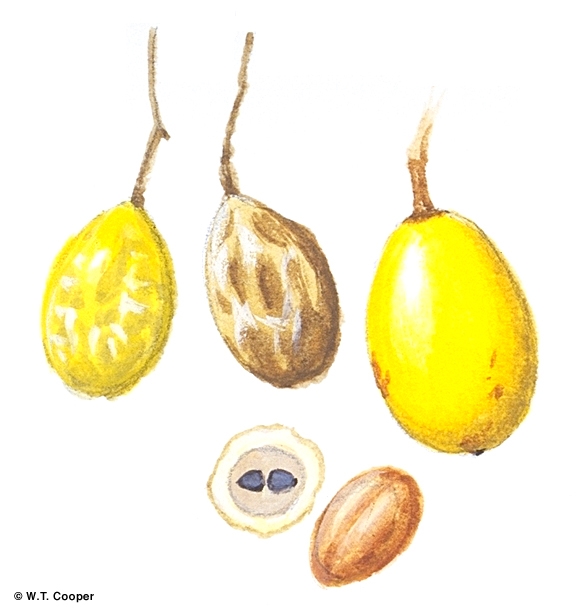
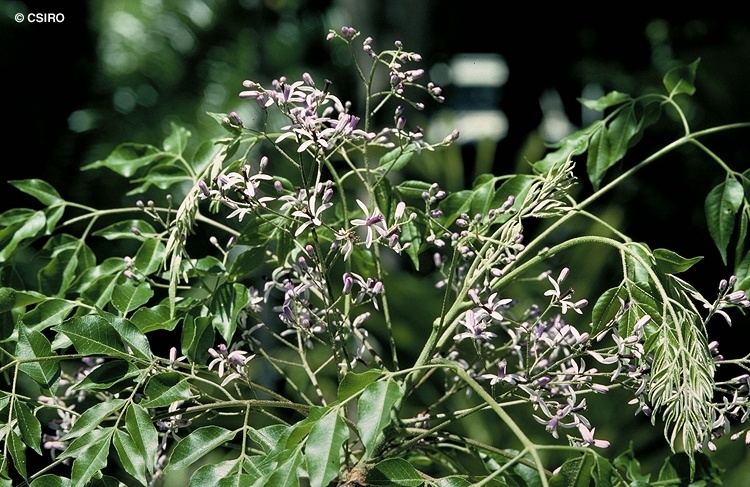
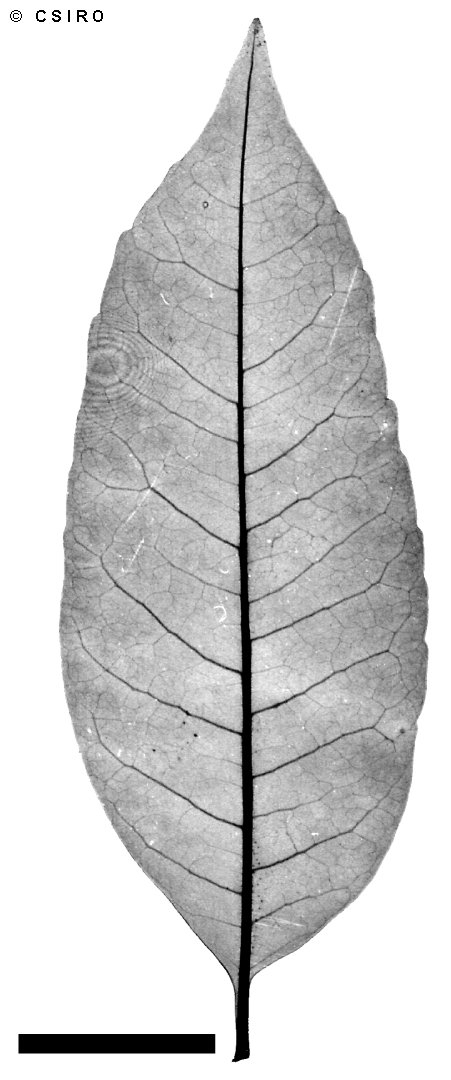

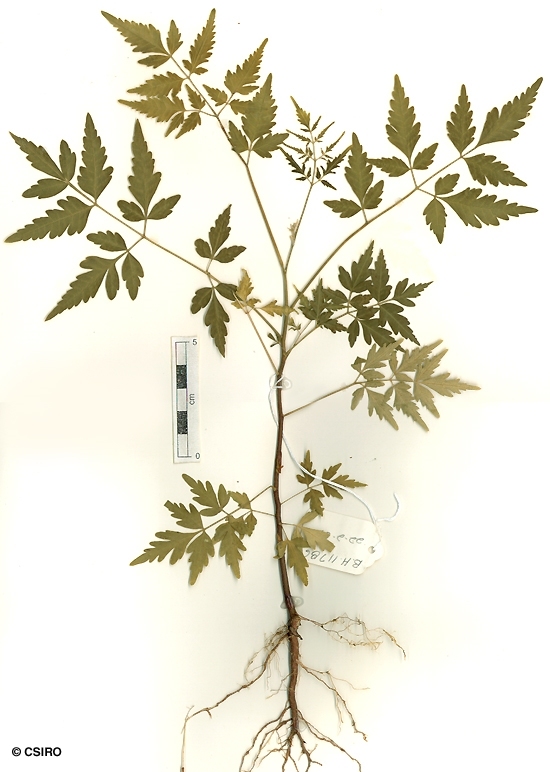
Linnaeus, C. von (1753) Species Plantarum 2: 384. Type: Habitat in Syria.
Tulip Cedar; Cedar, White; Persian Lilac; Karabil; Chinaberry Tree; China Berry; White Cedar; Cape Lilac; Cedar, Tulip
Cotyledons linear, about 9-10 mm long. First pair of leaves trifoliolate, leaflets lobed or toothed. At the tenth leaf stage: leaflet blades lobed or toothed, hairy on the upper surface at least on the midrib; petiole and rhachis hairy with simple tortuous hairs; terminal bud clothed in stellate hairs. Seed germination time 177 to 245 days.
Occurs in WA, NT, CYP, NEQ, CEQ and southwards as far as south-eastern New South Wales. Altitudinal range from sea level to 900 m. Grows in rain forest on a variety of sites. This species is favoured by disturbance and is a conspicuous component of regrowth particularly in some monsoon forests and drier, more seasonal rain forest. Also occurs in Asia, Malesia and the Solomon Islands.
This species has caused death in domestic animals and in children. Fruits are most often implicated but the leaves also appear to be toxic. Everist (1974).
Fruit eaten by several species of birds. Cooper & Cooper (1994).
Widely cultivated in gardens and as a street tree. Flowers are a pale mauve followed by yellow fruits.
Stem bark material of this species was active against some tumors. Collins et al. (1990). Although poisonous, parts of the tree are used medicinally, especially in India where is occurs naturally in some areas and is widely cultivated. All parts of the plant, but particularly the inner bark, are used against intestinal worms; in large doses the drug has a narcotic effect on the patient. Cribb (1981).
Produces a useful, non-durable, general purpose timber.
Wood specific gravity 0.46. Cause et al. (1989).





